Okay so I’m sifting through the datasheet of my new Ophir laser power sensor and I want to know the highest power I can set my laser to.
Simple, right?
Then I see there are three different specs…
- Power Range
- Power Scale
- Maximum Power Density
…and each of them seems to provide a different maximum laser power limit. Which one should I use?
As a general rule, always go with whatever is stricter. However, the best way to approach this problem is by understanding what each spec means. (There’s no reason to be overly cautious if you don’t have to be!)
Let’s look at these specs one by one.
Damage Threshold = Maximum Power Density
The damage threshold is measured in power density, so even a low-power laser beam can cause damage if it is very narrow or measured at its focal point. (If you don’t already know your laser’s power density, you’ll need to calculate that – here’s a shortcut that could help you out.) When we speak of damage, it’s understandable that the power at a specific point on the sensor matters more than the overall power of the laser beam.
Maximum Power
This is often a stricter power limitation (unless the laser beam is narrow – see above) and can also cause laser sensor damage. Nevertheless, Ophir enables readings up to 110% of this threshold, with the express warning that damage is a slight possibility.
It should also be noted that as ones laser aproaches the maximum power, and certainly if his laser excedes it, this can result in a less accurate reading. Specifically, as the laser power approaches the head’s maximum power level, the reading becomes less linear, as shown in this graph.
The maximum power level can often be found in the spec labeled “power range” and is the most likely spec to be included in the product name as well. (For example the maximum power of the 12A thermal laser power sensor is 12W.)
Power Scales
This is actually a laser power meter setting, not a maximum limit. We saw that we can have issues with high power, but also using very low power can be problematic. If the laser itself has low power, it may be harder to separate the main reading from ambient noise. For this reason there are different power scales. The power scale should be set to the lowest of the options for which your laser will not exceed the high end of the scale. Don’t worry about this spec when choosing a sensor, though, since you’ll notice that the highest scale is also the maximum power (of the power range).
A Word of Warning
There’s one other thing that you’ll need to consider.
Although I tried to simplify things by separating the specs into three categories, the first two are actually interdependent. Changing the overall power will change the damage threshold, since a higher power will heat up the sensor throughout, making it more susceptible to localized heat damage.
To stay on the safe side, Ophir always posts the damage threshold for the maximum power. We can’t guarantee that other laser power meter providers do the same, though, so keep your eyes open!
Now I Want to Hear What You Think
Are there any specs that confuse you? Do you get frustrated by confusing or misleading specs?
Let me know in the comments.
You might also like to read: How to Measure High Power Laser Beams. Really High.
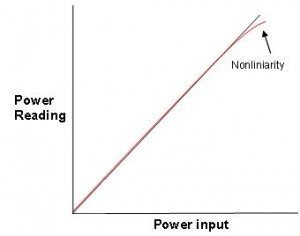
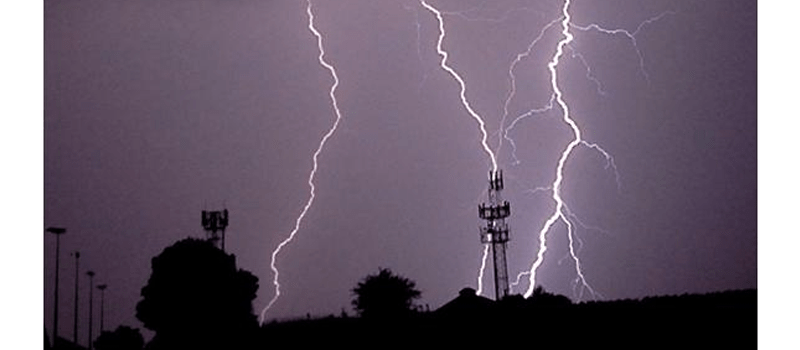
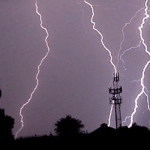

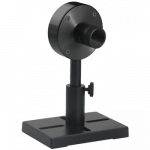


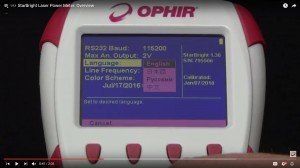
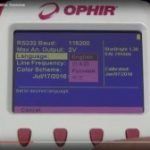
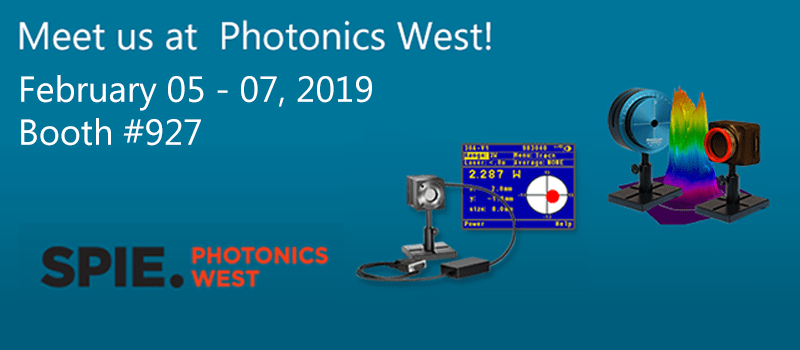
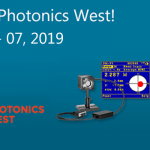
Leave a Reply
Your email address will not be published. Required fields are marked *